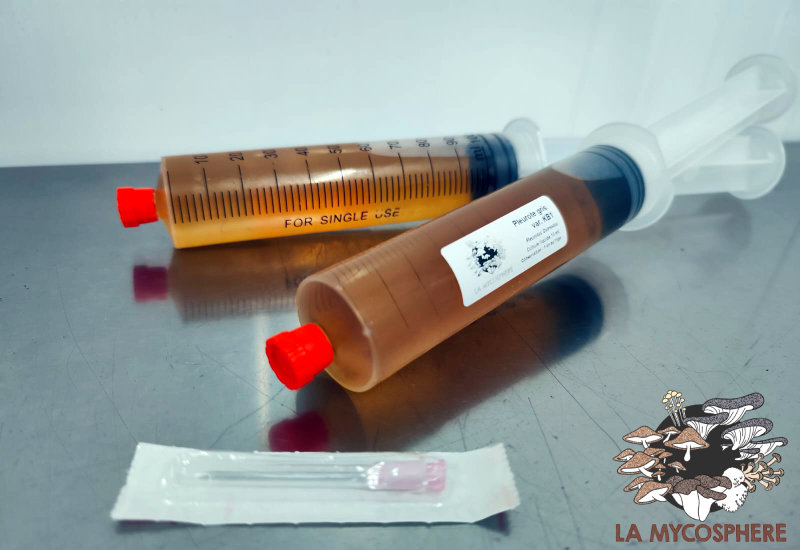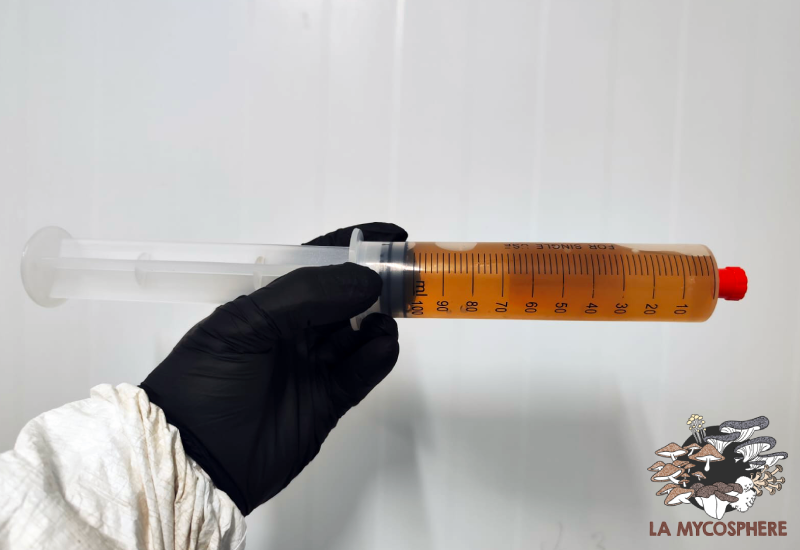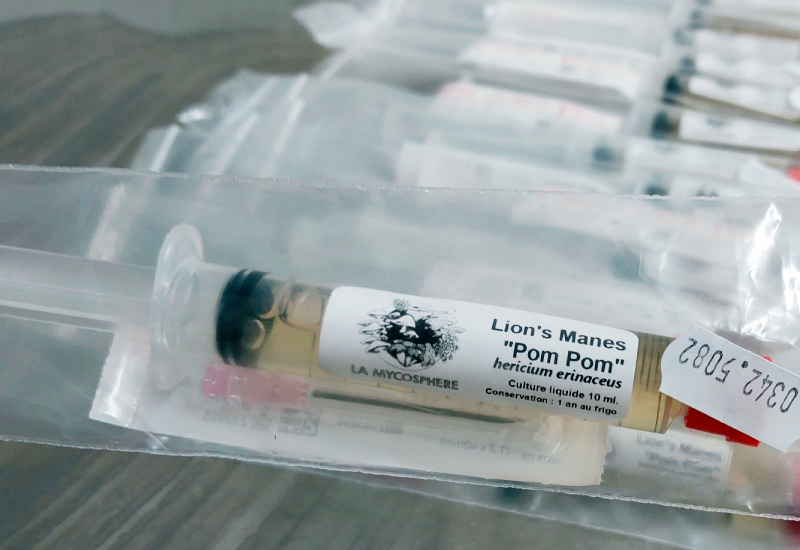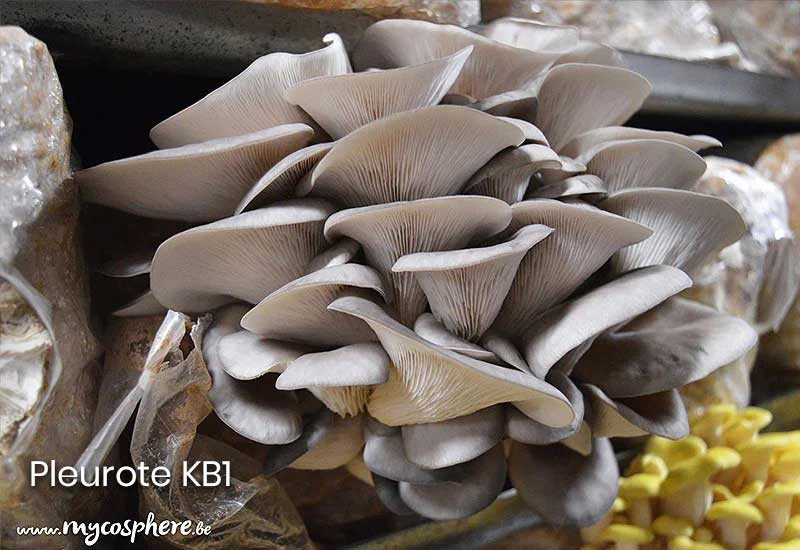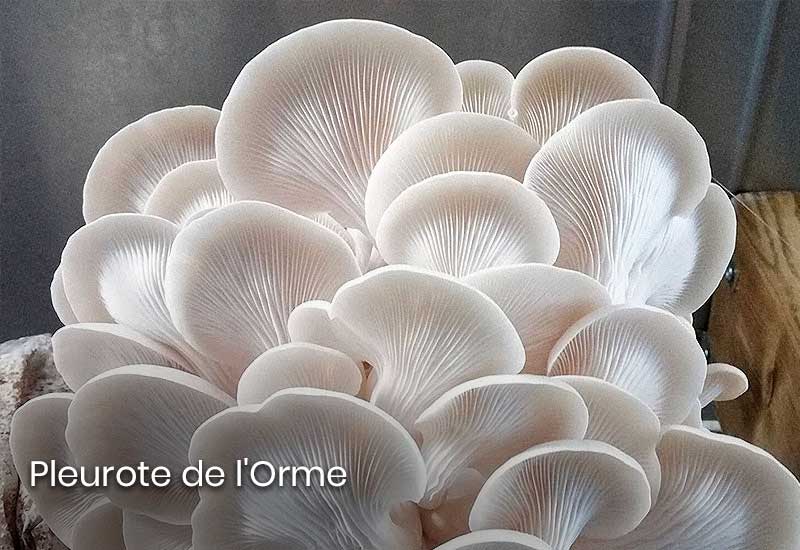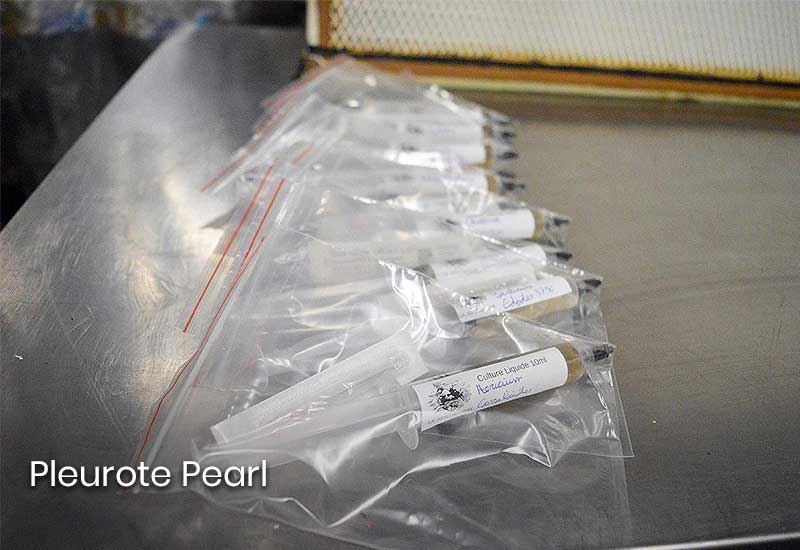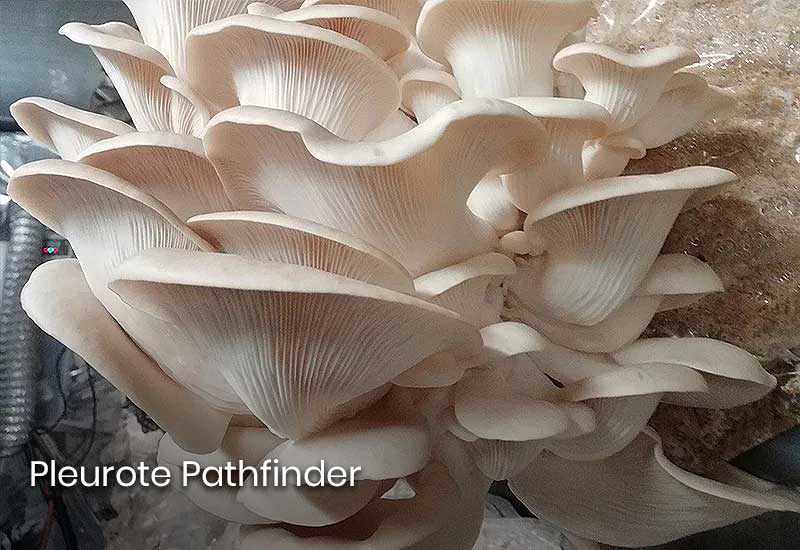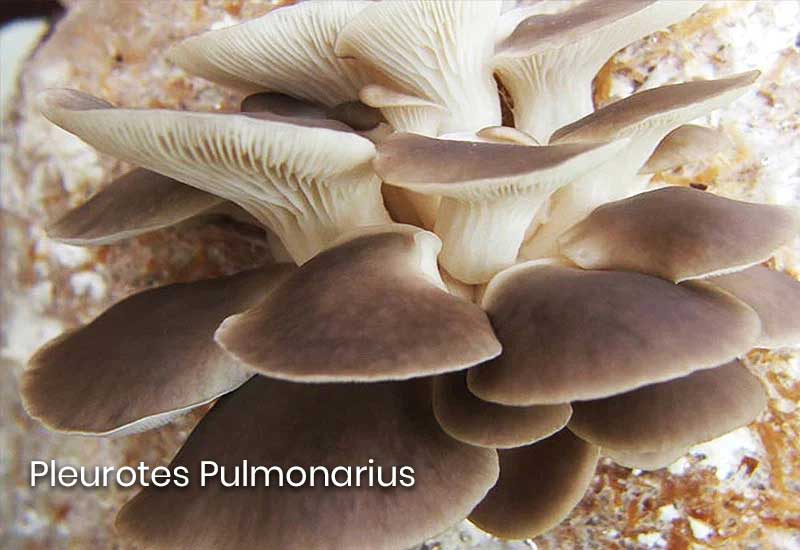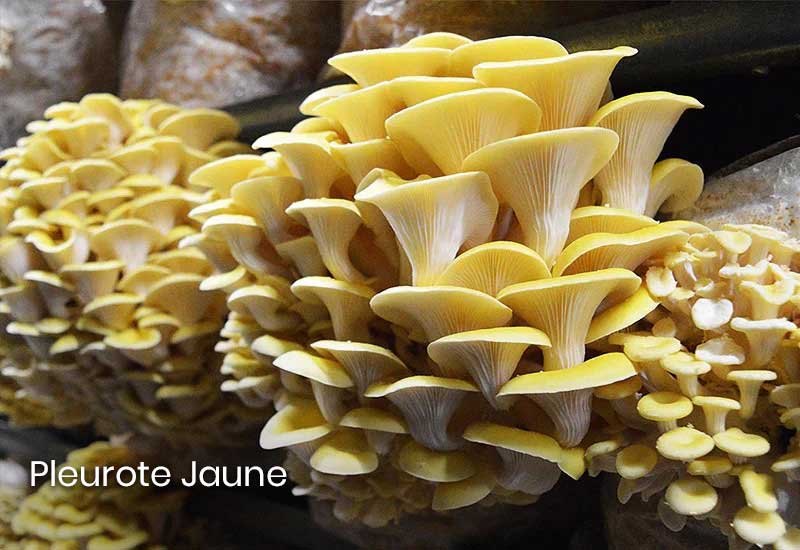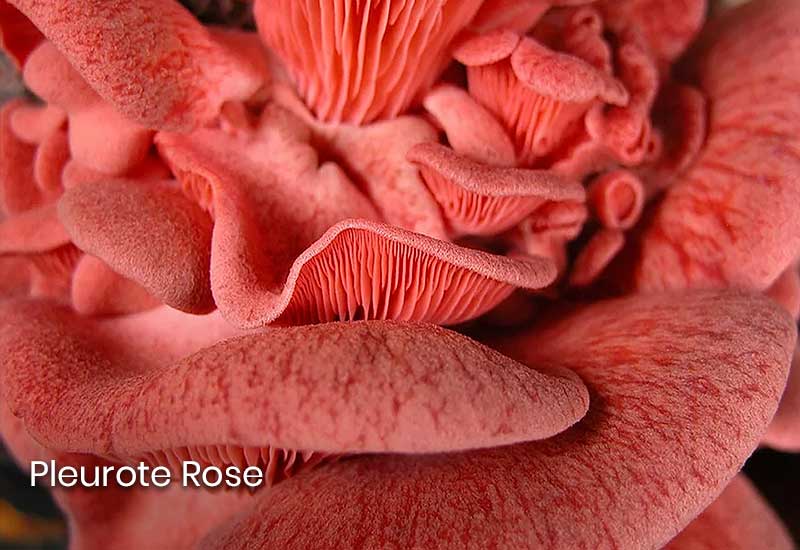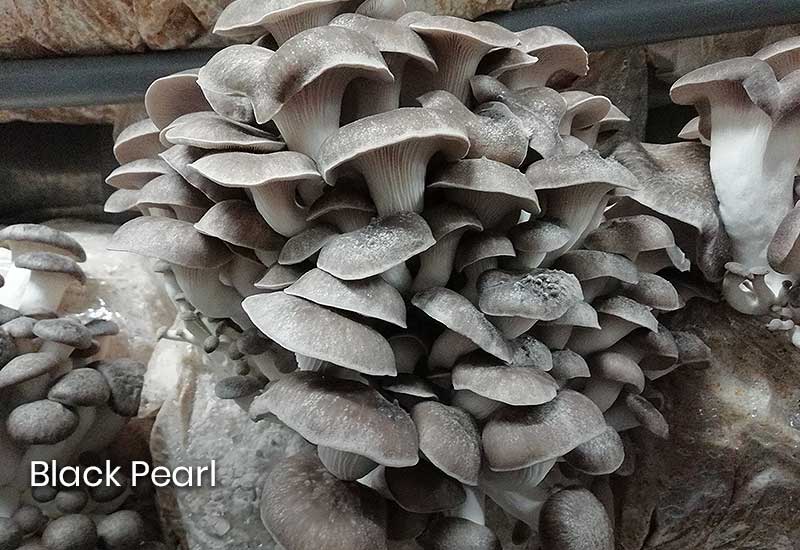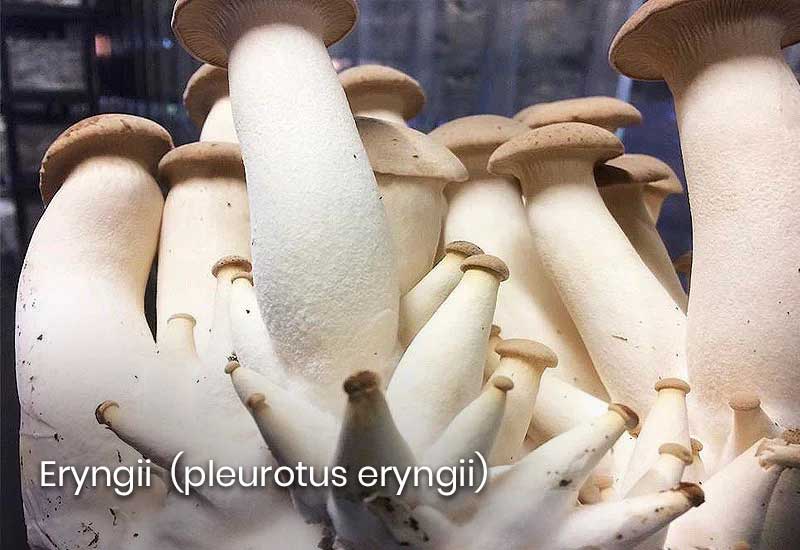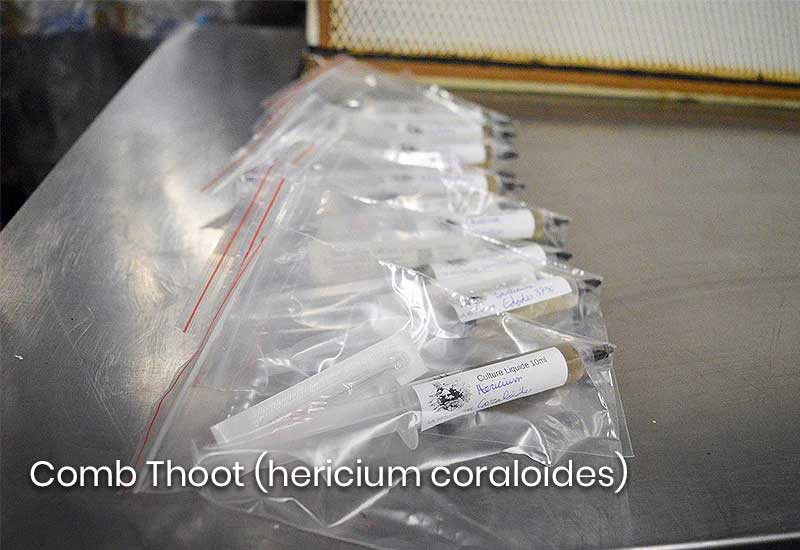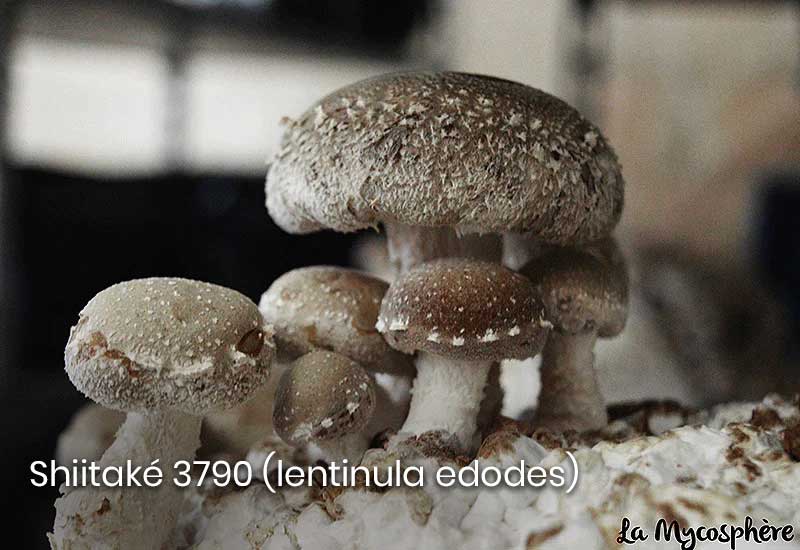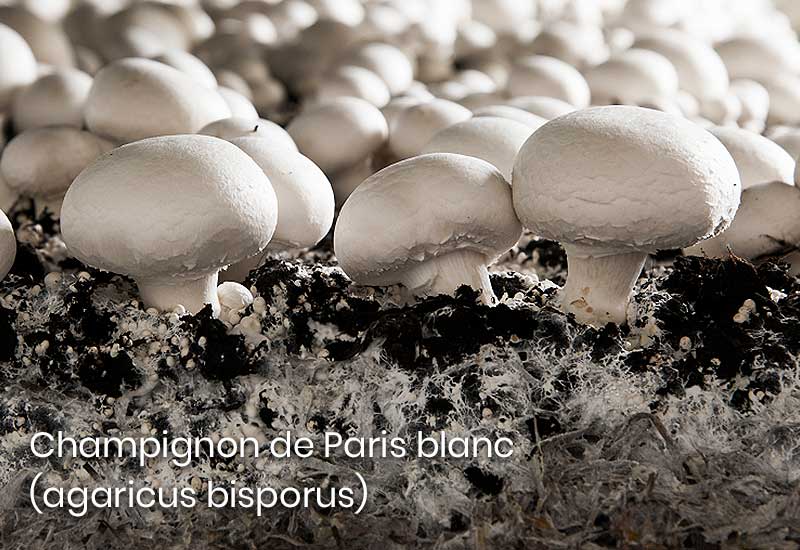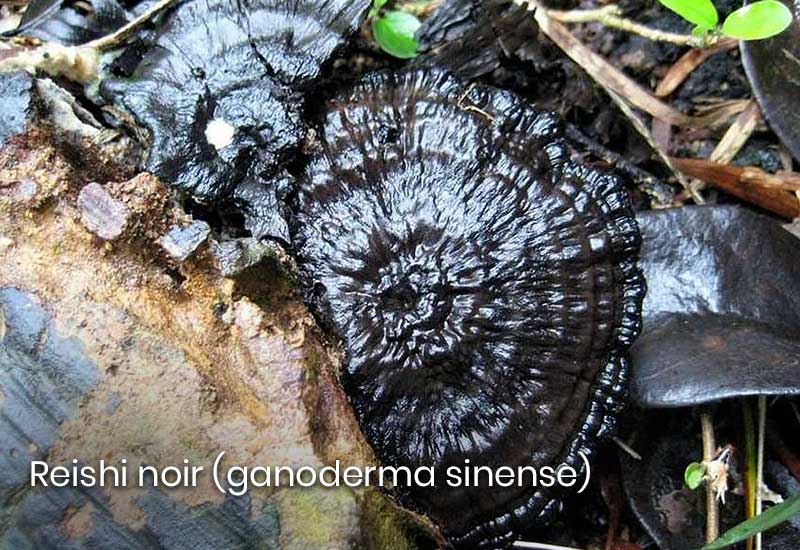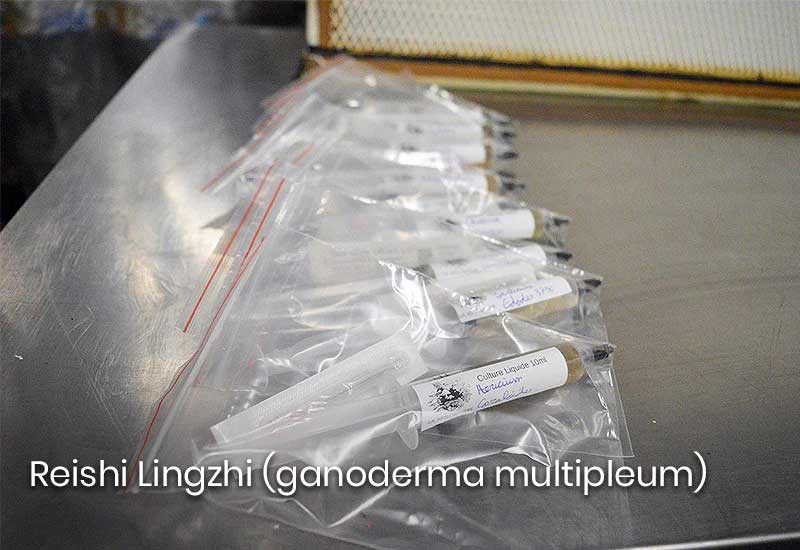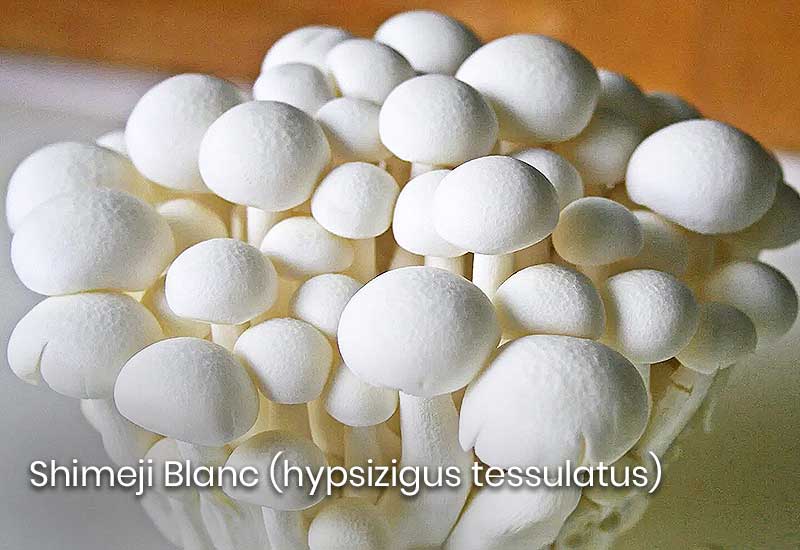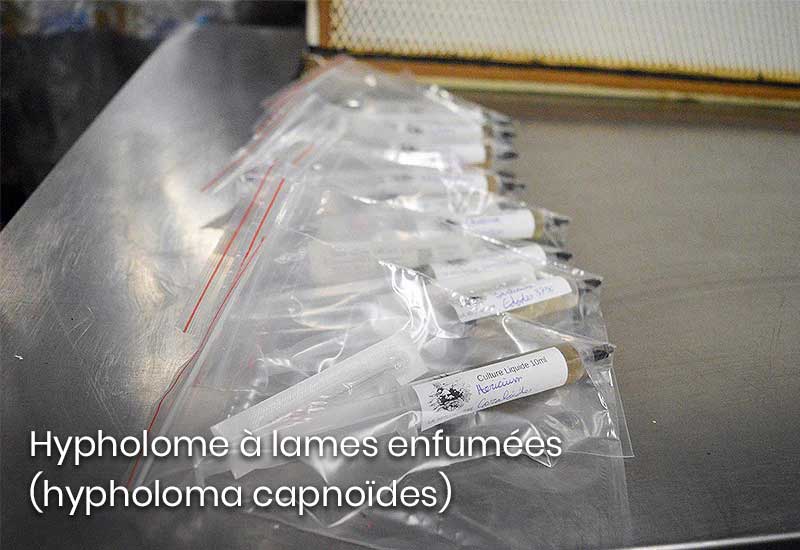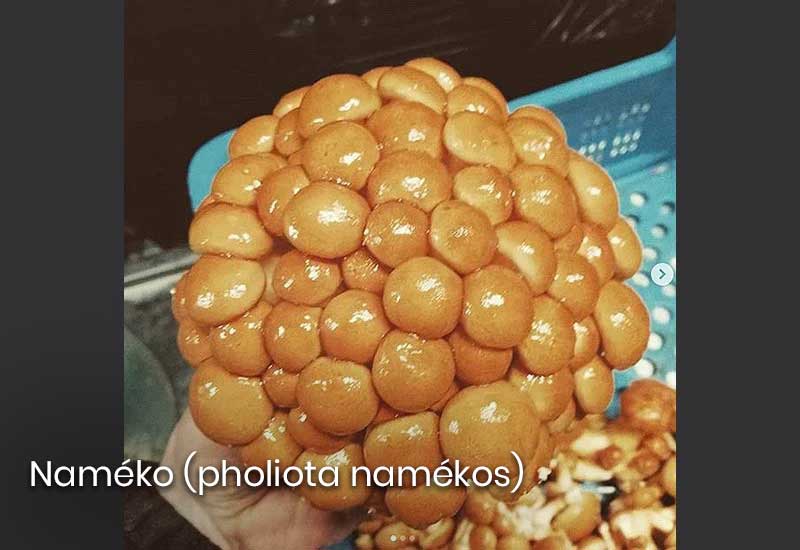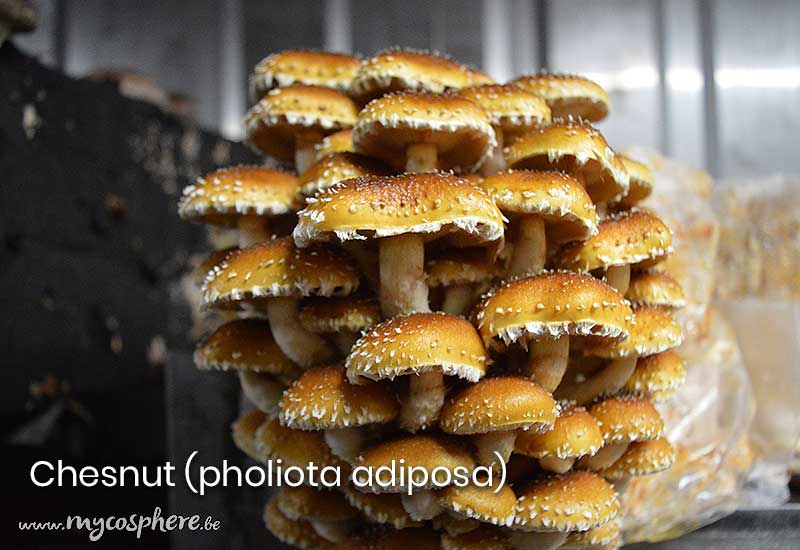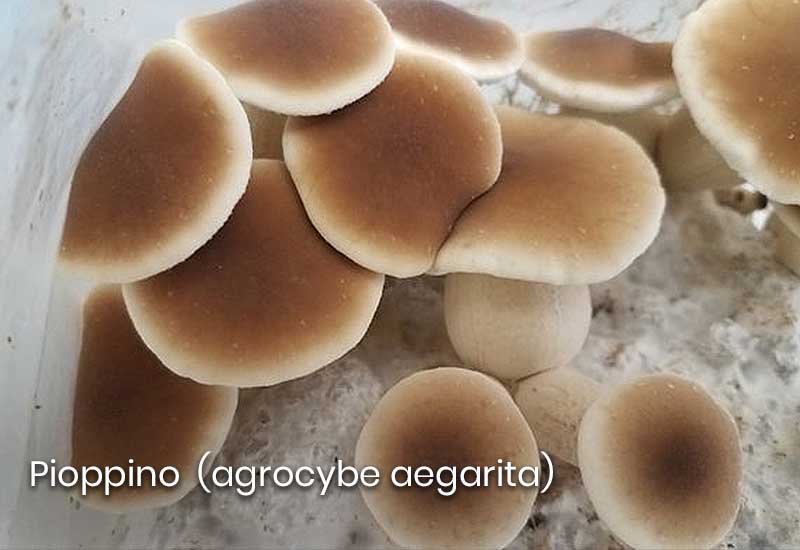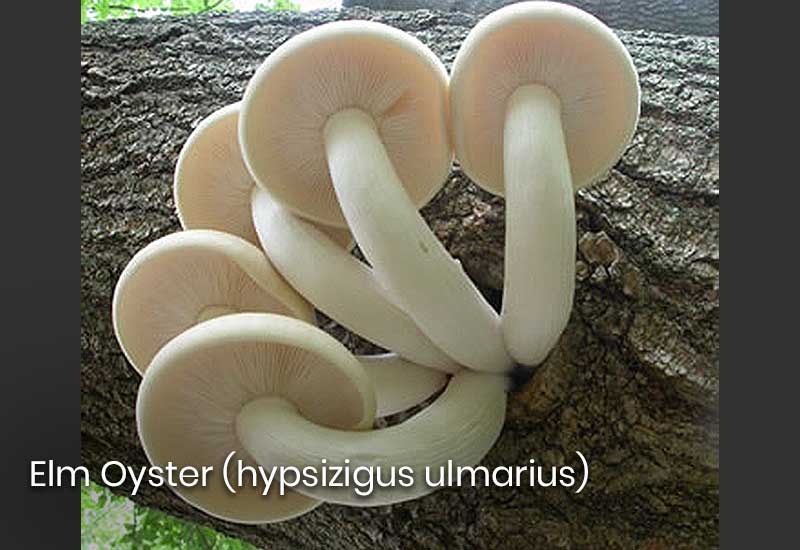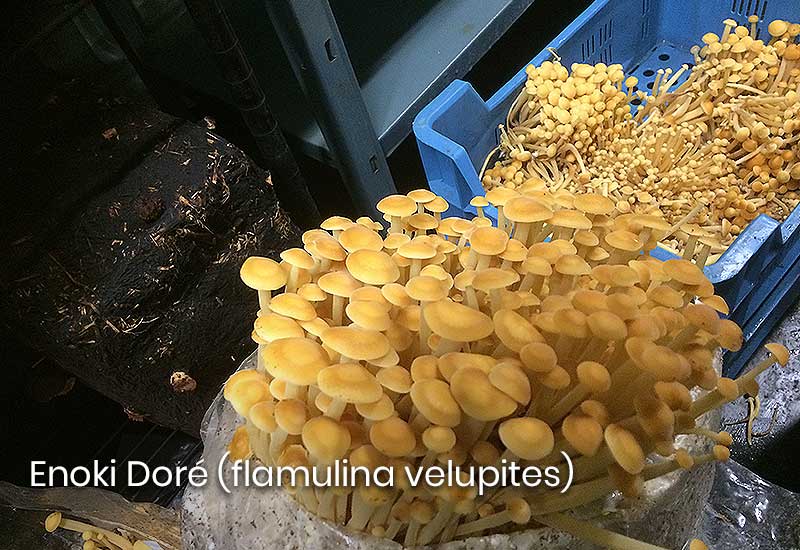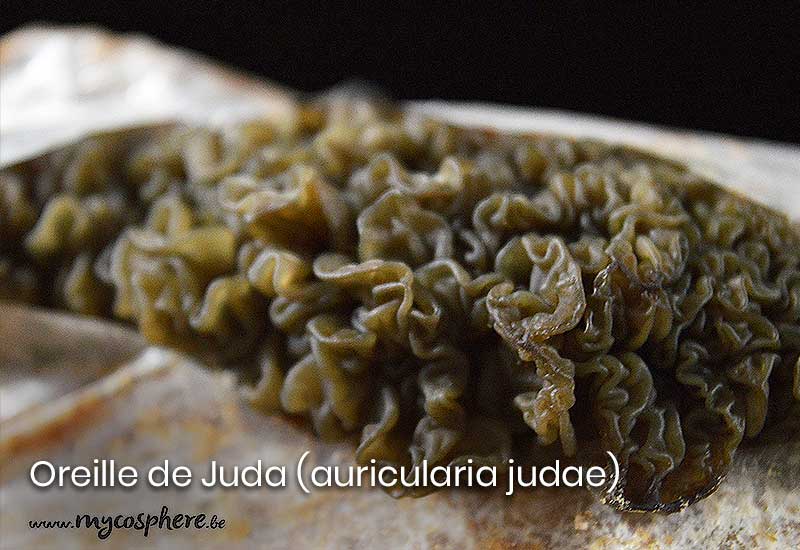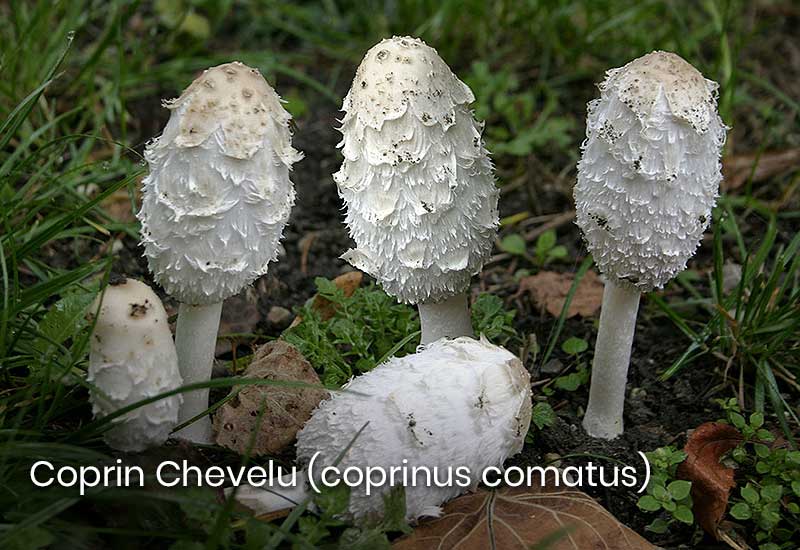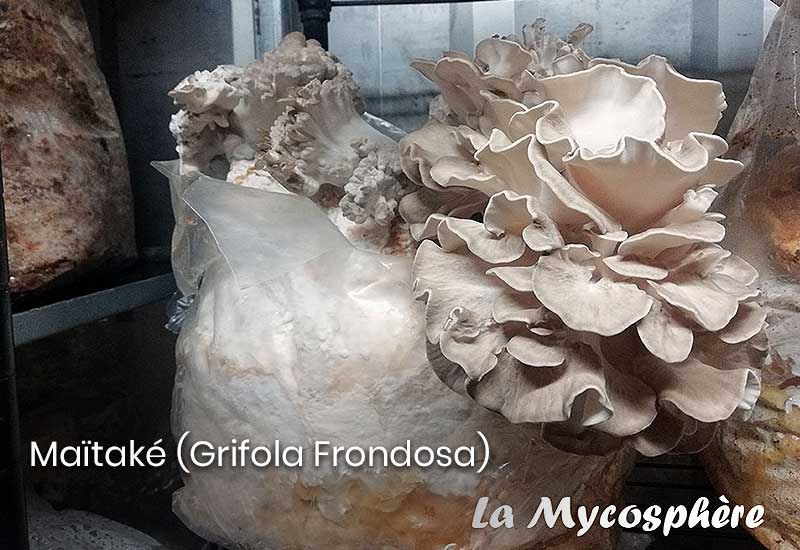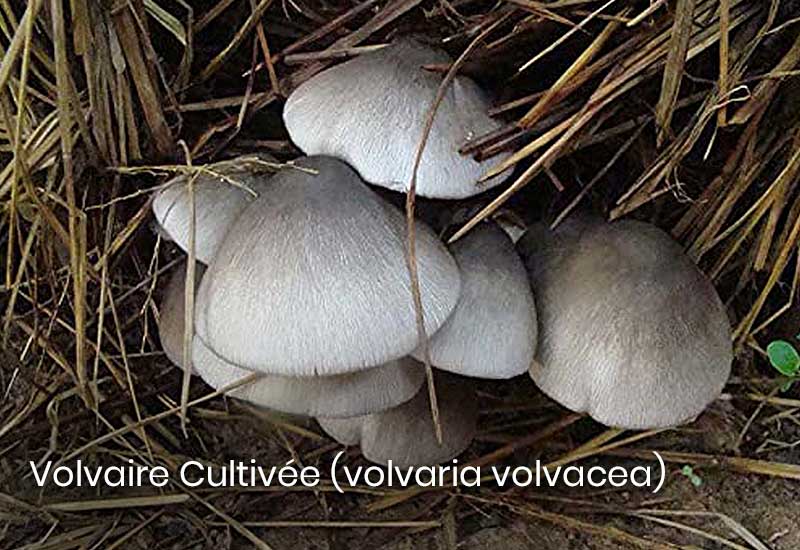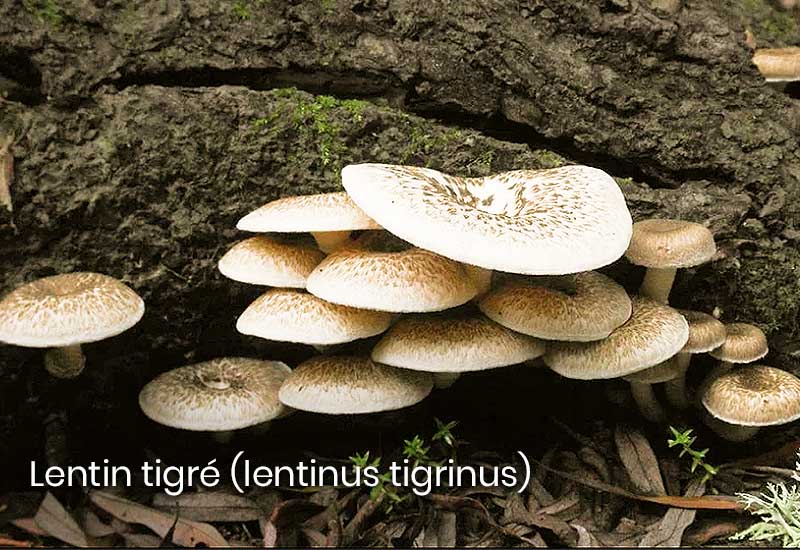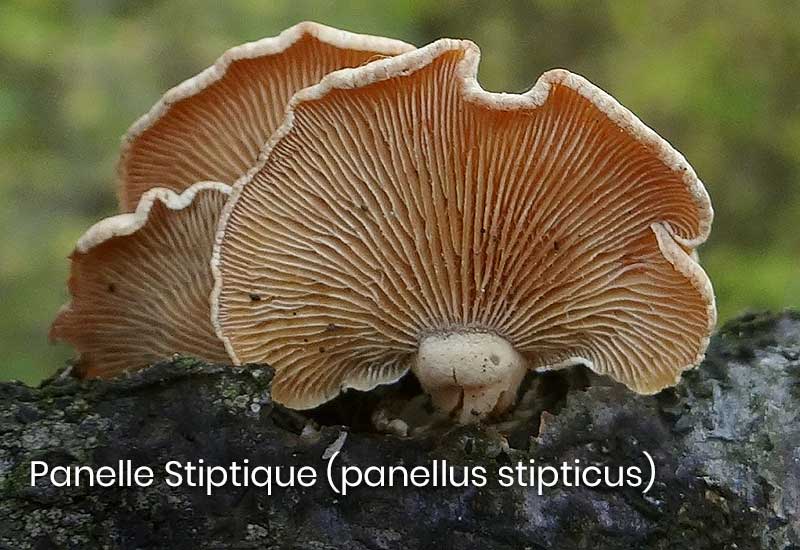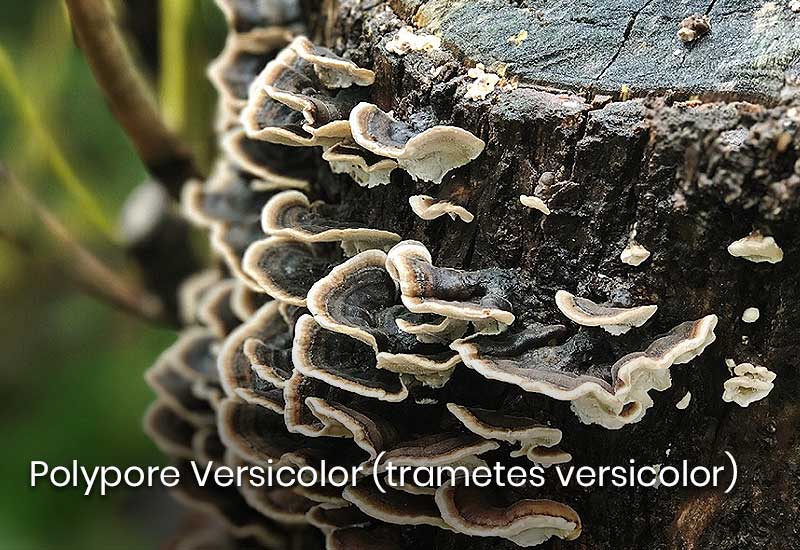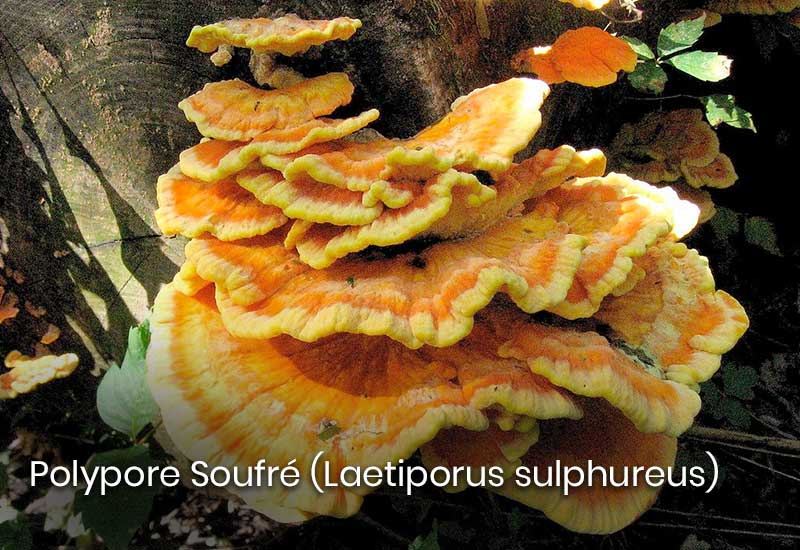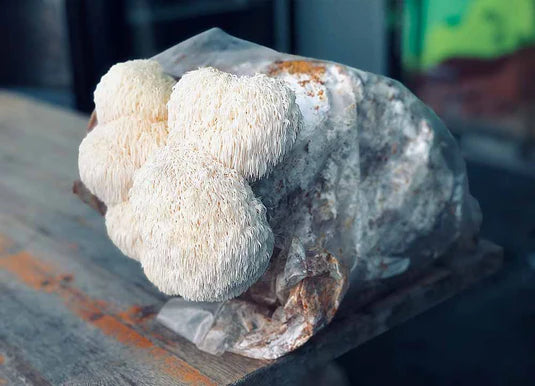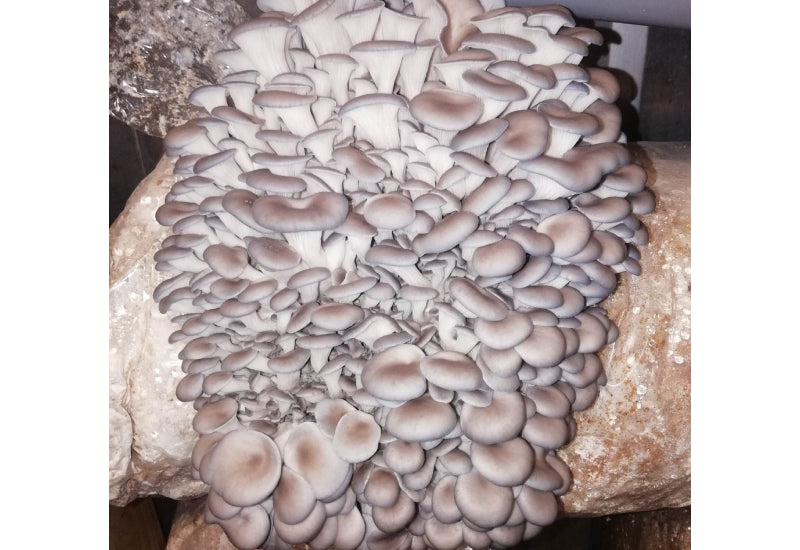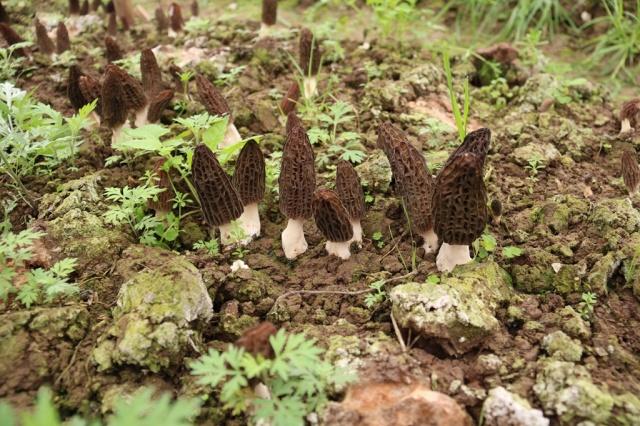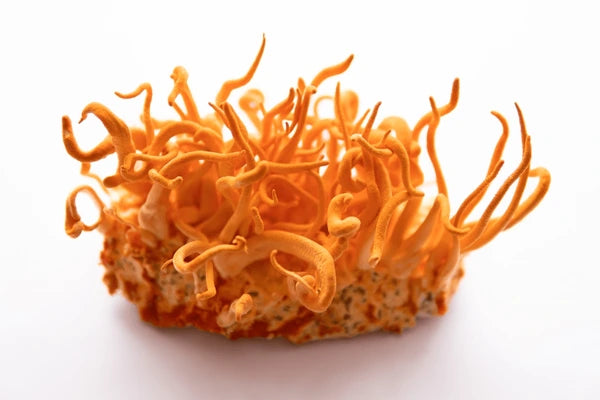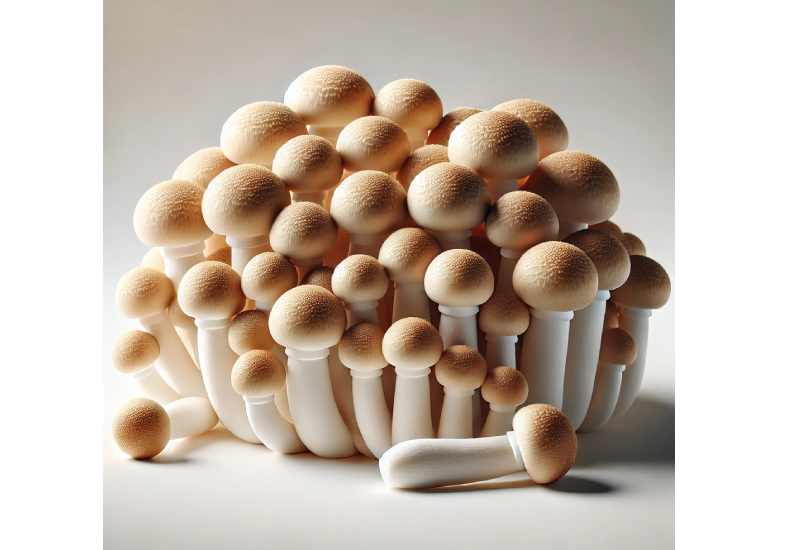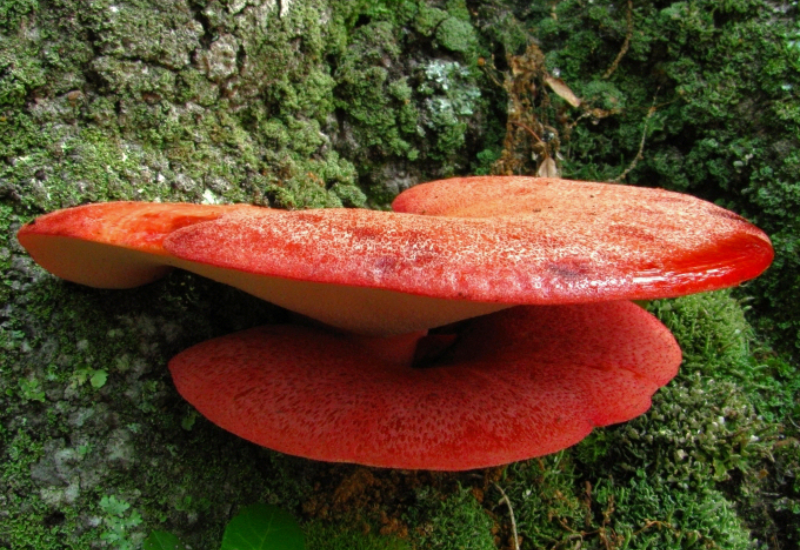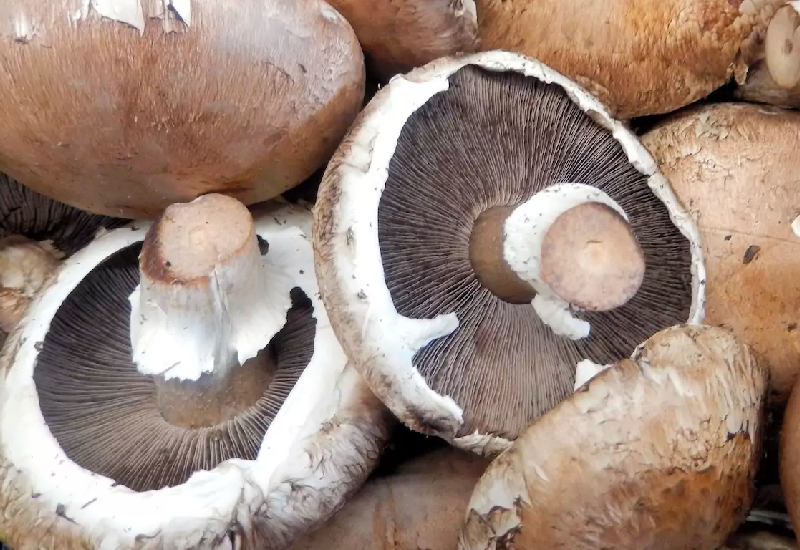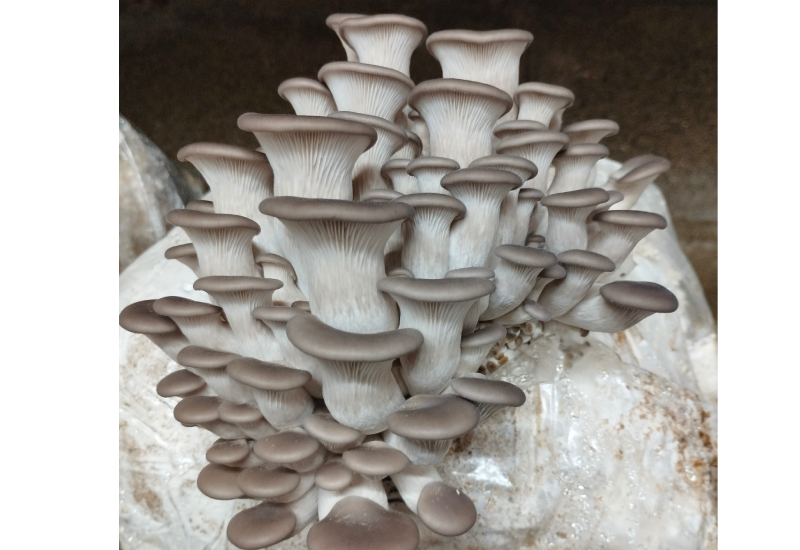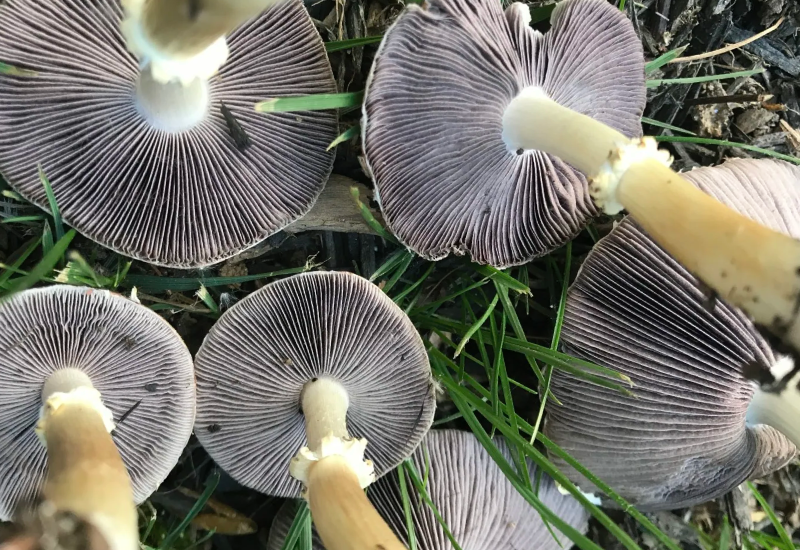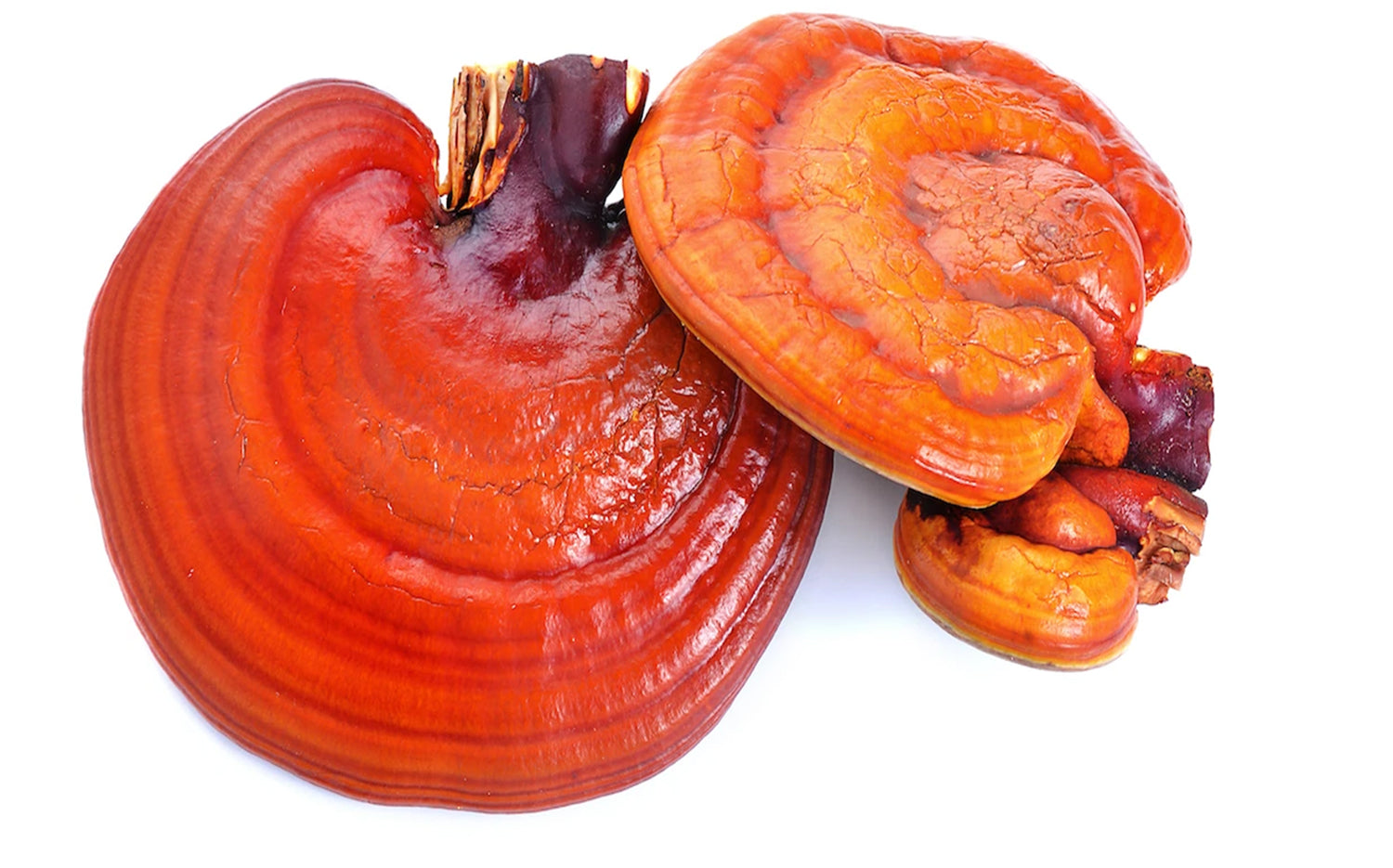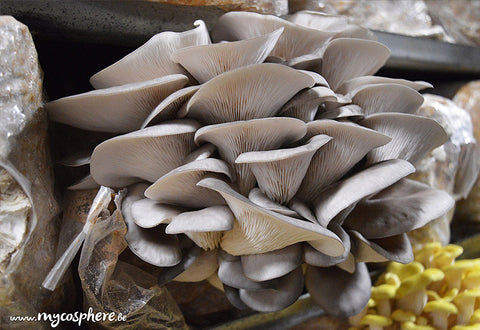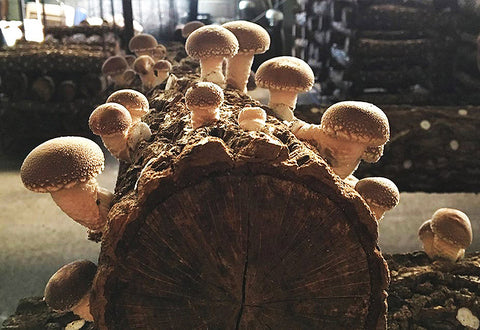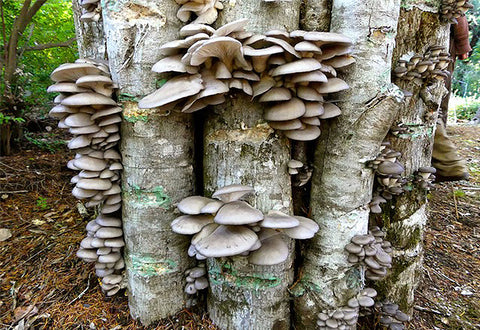Liquid Culture Syringes G1
- 🍄 LIQUID CULTURE MYCELIUM : Perfect for inoculating sterilized mycelium on grains , this liquid mycelium is an advanced solution for experienced myciculturists.
- 🌱 HIGH EFFICIENCY : Each 10 ml syringe can inoculate up to 6 kg of mycelium on grains , guaranteeing rapid and uniform colonization of the substrate.
- 💧 SIMPLE USE: Sterile syringes are ready to use, ensuring clean, contamination-free inoculation.
- 📦 LONG-TERM STORAGE: Store liquid mycelium in the refrigerator for up to 12 months, allowing optimal flexibility for your crops.
- 🌍 AVAILABLE VARIETIES: Find below our mycothèque with all our varieties selected and maintained by us.

Liquid mycelium cultures are generally used to inoculate sterilized grains for the production of "whites" or "inoculums", which in turn are used to inoculate fruiting substrates such as straw or wood chips.
You can also use them with our sterilized grain bags or our gelled culture media.
Liquid cultures are supplied in 10ml syringes, which can inoculate several jars or grain bags (between 1 and 6 kg). They consist of a nutrient liquid and mycelium.
Our myceliums are produced in the laboratory to guarantee their quality and the absence of any contamination. Furthermore, all cultures are tested before being used.
Usage
Before use, shake the syringe well to disperse the mycelium as evenly as possible in the liquid. We intentionally leave a small air bubble in the syringe to facilitate dispersion.
We recommend washing your hands with water and soap before each laboratory handling, as well as wearing gloves. Work in the cleanest possible environment to limit the risk of contamination.
Clean the injection area with 70° alcohol, as well as the syringe tip. Unscrew the cap and screw on the needle.
Insert the needle into the container and inject the desired amount of liquid.
The more liquid you add, the more mycelium there will be and the faster the colonization will occur.
Storage
Mycelium in liquid culture has a very good preservation capacity.
The preservation of mycelium in liquid culture in hermetically sealed syringes offers a long shelf life.
We recommend storing them in the fridge and using them within a maximum of 12 months. However, it is preferable to use them sooner.
List of Varieties
Pleurote KB1 : Wide and thick variety. The stems are thick but tender down to the base. Very good productivity. Good preservation, good taste quality.
Pleurote de l'Orme : White Pleurotes, rather rustic varieties. Wide and thin caps. Fast growth. Good productivity. Average preservation.
Pleurote Florida : Heat-resistant variety. Productive even at cool temperatures (min 10°). Cluster made up of a group of small caps 3-5 cm. Color tends towards bluish-gray in cold conditions, towards off-white in warm conditions. Robust mycelium
Pleurote Prince : Cascades of small silver-gray caps tending towards brown-gray below 15°. Classic commercial variety. Short and thin stems. Good productivity and good preservation.
Pleurote Blue Brat : Originating from Bratislava. Small silver-gray caps. Average productivity but rustic and resistant variety with fast growth.
Pleurote King of Pearl : Beige-gray colored caps, average productivity, aggressive and fast mycelium.
Pearl Oyster: small beige caps. Basic rustic variety. Average productivity but adapts well to all temperatures.
Pathfinder Oyster: large beige fruits. Relatively fragile but good productivity. Large tender stems. Very fine almond-flavored taste.
Soignes Oyster: winter variety from the Soignes Forest (South of Brussels). Gray-brown color tending towards brown. Very aggressive mycelium. Likes cold and outdoor air.
Lung Oyster: Also called the Italian oyster, it tolerates heat well but can also be cultivated all year round. Very fast growth, easy to anticipate harvests. Light gray color when grown in heat to dark brown below 15°. Grows in small individual clusters rather than bunches. Harvest young. Adapts well to different substrates, very resistant.
Pleurote Mustang: winter variety from a forest in Wallonia (South of Brussels). Gray-brown color tending towards brown. Very aggressive mycelium. Likes cold and outdoor air. Rest period between the end of colonization and the start of fruiting of about 1 month. The caps are heavy and dense. Good productivity, but this variety requires a cold shock (below 10°C and fruiting temperatures below 15°C).
Yellow Oyster: flavor and texture quite different from other oysters. Slightly aniseed taste. Prefers temperatures >18°. The yellow color intensifies with the amount of light. Relatively fragile caps, harvest young.
Pink Oyster: likes heat 25-30°. Rapid colonization and growth. Harvest young. Limited preservation to a few days. Very beautiful visual appearance.
Black Pearl: Cross between a variety of oyster mushrooms and eryngii.
Eryngii "Kings" (pleurotus eryngii): commercial variety
Lion’s Mane "PomPom" (hericium erinaceus): commercial variety
Comb Tooth (hericium coraloides)
White Button Mushrooms (agaricus bisporus)
Shiitake 3790 (lentinula edodes): commercial variety
Shiitake 3782 (lentinula edodes): variety better suited to pasteurized substrates, with a straw base
Red Reishi (ganoderma lucidum)
Black Reishi (ganoderma sinense)
Reishi Lingzhi (ganoderma multipileum)
Stropharia (stropharia rugosoannulata)
White Shimeji (hypsizigus tessulatus): commercial variety
Smoky-gill hypholoma (hypholoma capnoides)
Nameko (pholiota namekos): commercial variety
Chestnuts (pholiota adiposa): commercial variety
Pioppino (agrocybe aegarita)
Elm Oyster (hypsizigus ulmarius): the true elm oyster mushroom, a bit more complex to produce than pleurotus ostreatus
Pied-Bleu (lepista nuda)
Enoki Doré (flamulina velupites)
Oreille de Juda (auricularia judae)
Coprin Chevelu (coprinus comatus)
Maïtaké (Grifola Frondosa): commercial variety
Volvaire Cultivée (volvaria volvacea)
Lentin tigré (lentinus tigrinus)
Panelle Stiptique (panellus stipticus): bioluminescent mushroom
Polypore Versicolor (trametes versicolor)
Polypore Soufré (Laetiporus sulphureus): variety from a mushroom harvested by us in a forest in Louvain-la-Neuve (Belgium), growing on a wild cherry trunk. Preferably cultivated on semi-buried logs
Morille Noire (morchella elata): saprophytic variety of French origin
Cordyceps Militaris (cordyceps militaris): Excellent variety of Kaizen Cordyceps in England

